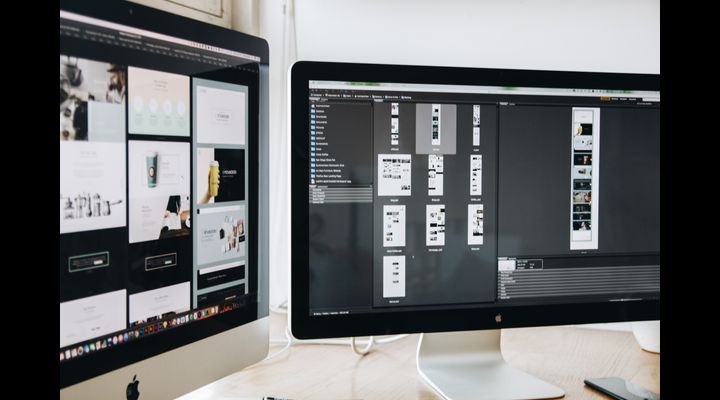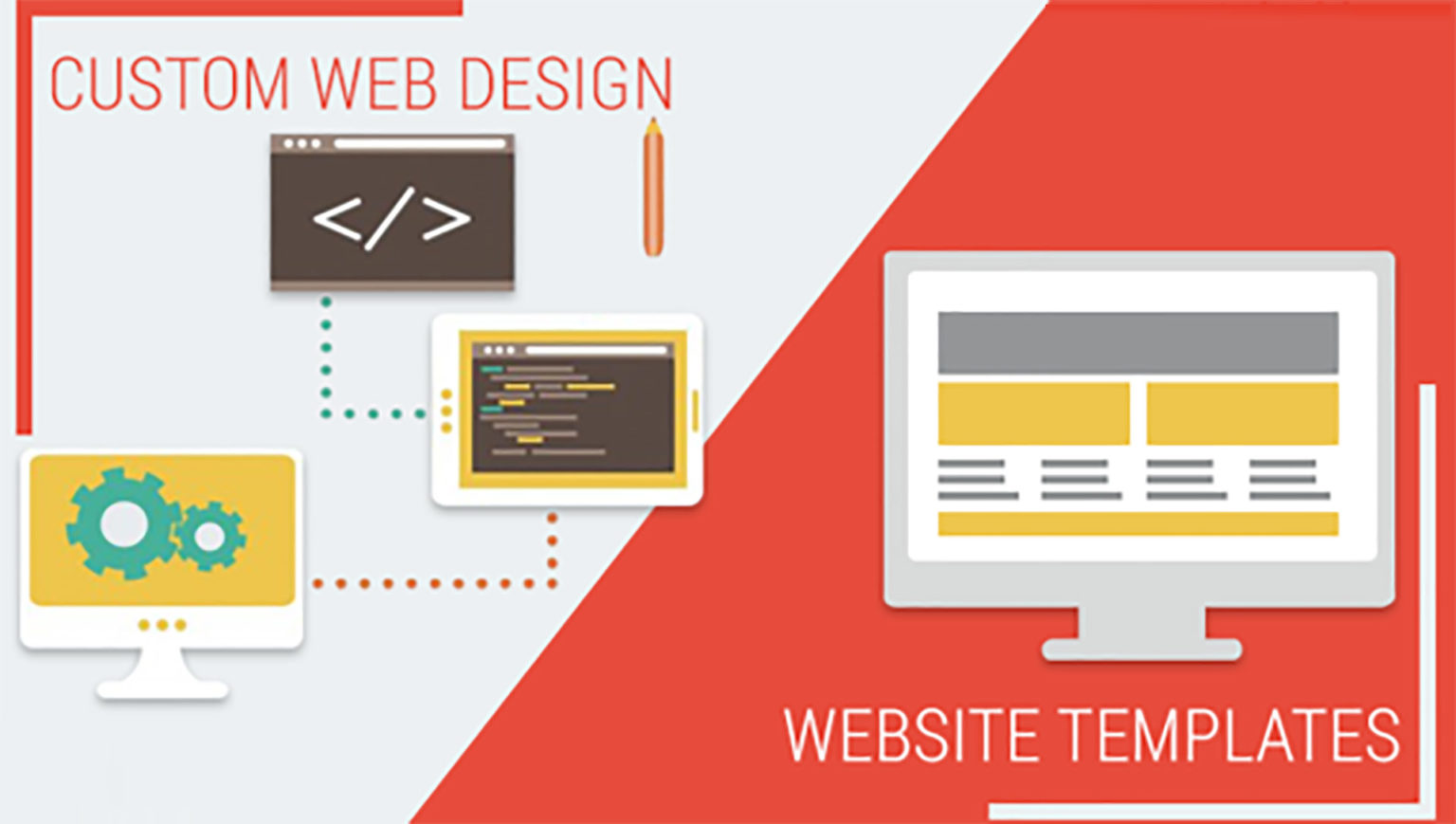Do you feel like your website is your baby? Have you put your heart and soul into your website and are doing all that you can to make it better? Building a website is no cake walk. It takes years of technical web development knowledge. Or does it?
Preparing a custom website design can be extremely nerve wracking especially if you don’t have a technical background. On the other hand, using readily available website templates can make the process go much smoother and you won’t even require that much of a technical background to achieve this task.
That having said, how do you decide which is the best way to go for your business?
In this article we are going to discuss the pros and cons of both methods and help you make that decision. So without any further ado let’s get straight to it; starting off with custom website design.
Custom Website Design

Design for a better customer experience
A firm can also employ website modification to create a site that focuses on producing genuine business results through an ideal structure and user experience. Your web design agency should ask you about your business goals before building and constructing a website. Similarly, you should have a rough notion of the consumer path for your product or service. For example, if you manage an automotive repair shop, you’ll probably want a “request service” form prominently displayed on your site to generate leads.
At the end of the day you must create a customer-focused website that allows visitors to effortlessly browse the site and conduct activities that result in the desired outcomes.
Enhanced Search Engine Optimization (SEO) Improvements
Another advantage of custom website design is that it makes it easier to optimize for search engines. With a bespoke site design project, you’ll benefit from the expertise of not only web developers but also SEO experts. The latter employs best practices to improve your site’s search engine ranking.
They promote bespoke sites in a variety of ways over time, including relevant keywords in metadata, page URLs, alt tags for pictures, and site content, working with the development team to create a user and mobile-friendly site architecture, identifying which pages should be “crawled” by search engines and which should not and creating internal links that improve the user’s experience.
Adaptability with Hosting
Finally, choosing a customized website gives you more control over your website’s hosting, which is very useful if you want to switch providers or have business-specific requirements.
Optimization of setup and configuration for your chosen CMS, capacity to scale beyond a “shared” hosting environment and easy to create and deploy staging environments are some of the advantages that come with the option to choose a hosting firm. Direct server uptime and performance monitoring and integration with other tools and technologies that might otherwise be limited, is possible. Backups of files and data are automated, and backup locations can be configured. These are the benefits a customized website brings to the table.
A Couple of cons of Custom Websites are:
Longer Development Stages
It can take a team of professionals anything from a few weeks to a few months to design a site, depending on its complexity. That’s because the design and development processes take a lot of time, effort, and precision.
However, once the site is finished, it will not require any further changes. Although a personalized site takes longer to construct than a generic one, it saves you the time and effort of making numerous changes.
More Expensive
Creating a website from the ground up is an iterative process that necessitates the collaboration of a team of professionals. Unfortunately, the cost reflects all of that effort. A corporate custom-designed website can cost thousands of dollars, making it several times more expensive than a similar template-based site.
In the long run, however, the high price is gradually offset by other financial returns. Support, hosting, speed, performance, SEO, and conversion rate optimization, and integrated third-party services, for example, may not require additional fees. In the end, the site’s return on investment outweighs its cost.
Now let’s talk about
Template Designs

Development is Less Expensive and More Cost Effective
Start-up businesses frequently require a website to be up and running quickly and on a tight budget. Website templates and platforms such as WordPress.com, Squarespace, and Wix are frequently ready to use.
While there is a learning curve, even someone with little knowledge of how websites work can enter information and photos to get a website up and running quickly. Because these platforms also provide hosting, there is little need to understand how domains and hosting interact.
Updates that are Reliable
Finally, when you buy a website template, you often get theme updates and future support, which will help you keep your website running and minimize bugs along the way. Updates to CMS platforms such as WordPress can frequently cause theme issues, so knowing that you have access to support is important which is one of the greatest reassurances that a template website platform can bring.
A Plethora of Options
If you search for “WordPress Templates,” you’ll get thousands of results. When you use a template, what you see is usually what you get, so there are no surprises with your final product. With so many options, the most difficult part of using a template is determining which one best meets your design requirements.
Built-in Capabilities
Website templates typically include a plethora of built-in functionality, ranging from SEO features to WYSIWYG (What You See Is What You Get) editing capabilities, all of which will help you save time, money, and hassle in all aspects of website management.
There are However a few Cons of Template Designs that you must be Aware of:
Rigid Code

Most templates allow you to view but not change the code underneath. Even if you could edit the rigid base code, it would be excruciatingly time-consuming because the majority of the code is generated by a computer. Because the system is so tightly knit, changing the code may actually break some features in some cases hence changing said code is not recommended thereby limiting flexibility in design.
Non-exclusivity
Templates are created for the general public. Purchasing a template does not imply purchasing the design; rather, you are purchasing the right to use it. That means that many businesses, including your competitors, can buy and use the same template, effectively destroying exclusivity.
Issues with Updates and Compatibility
If your theme hasn’t been updated in a few months and the support forums have gone quiet, it’s likely that it’s no longer being supported and will cause you problems if you decide to buy said template.
If the developer of a theme is no longer active and available to provide support when CMS updates and compatibility issues arise, the trouble you will face will be insufficient to justify the low price you paid for the theme.
Conclusion
Building a website can be a complicated process with many decisions to make, but one of the most important ones is whether to use a template or a custom website design. Before you begin your web development project, think about these issues, do your due research and consult a professional to get a detailed all-round estimate of how much it’s going to cost you and what you need to be prepared for.
